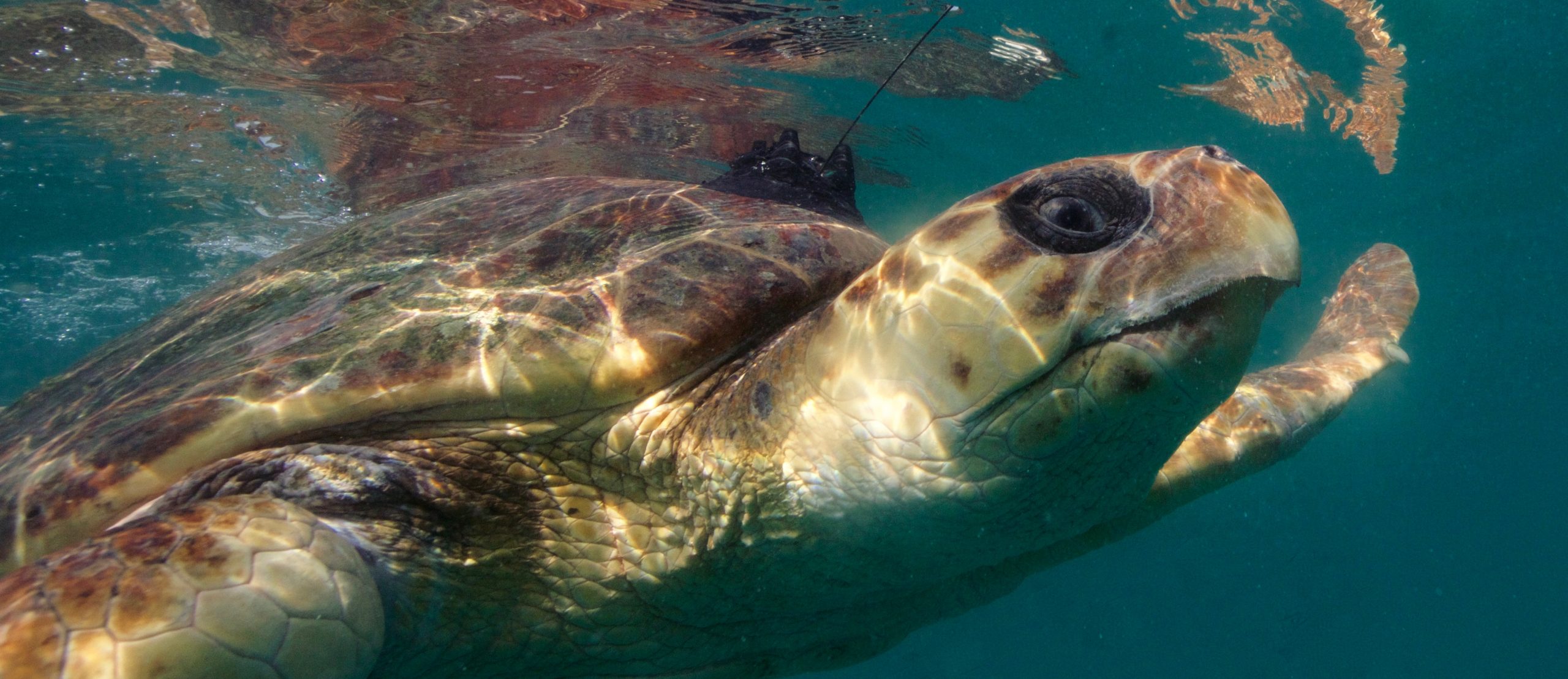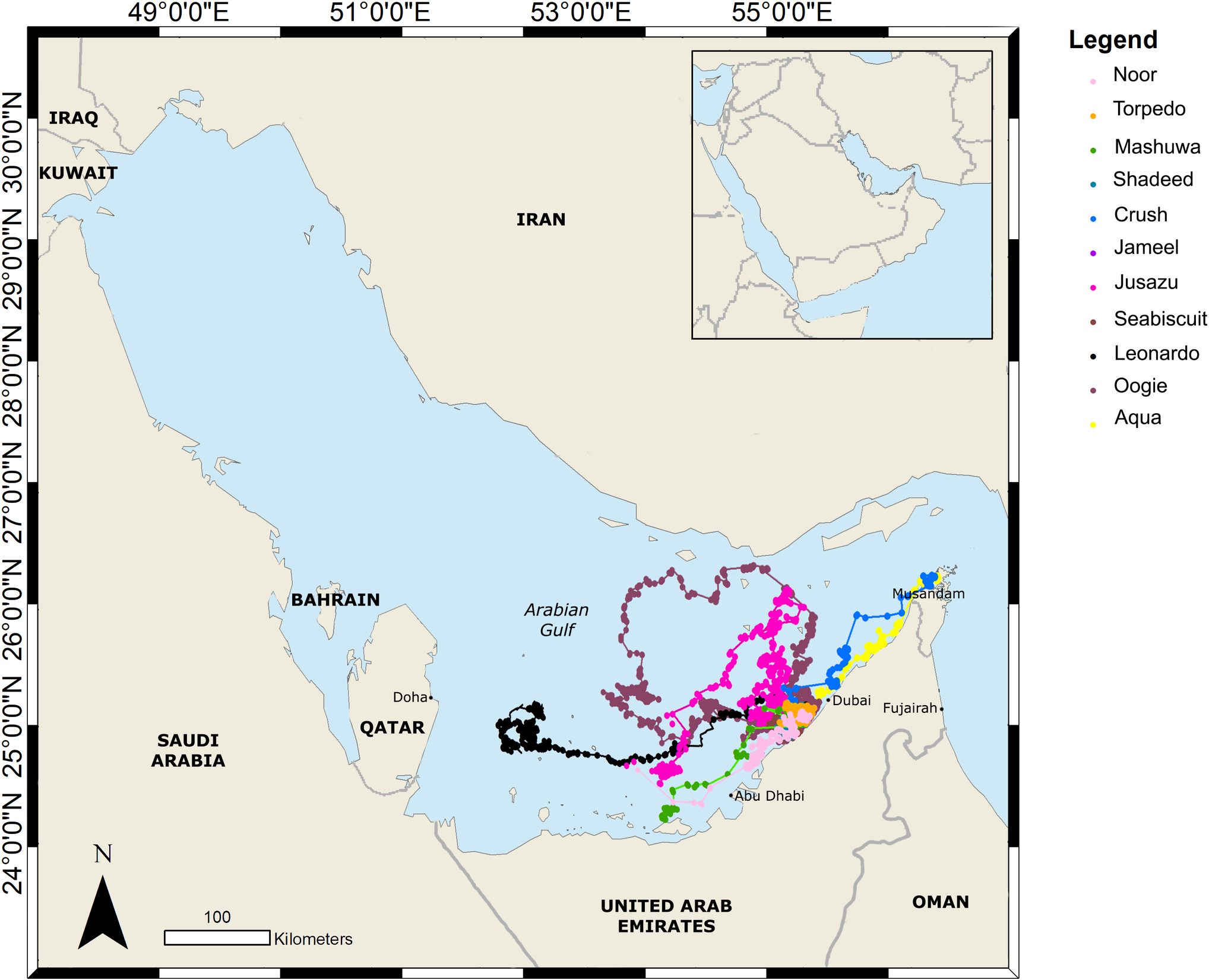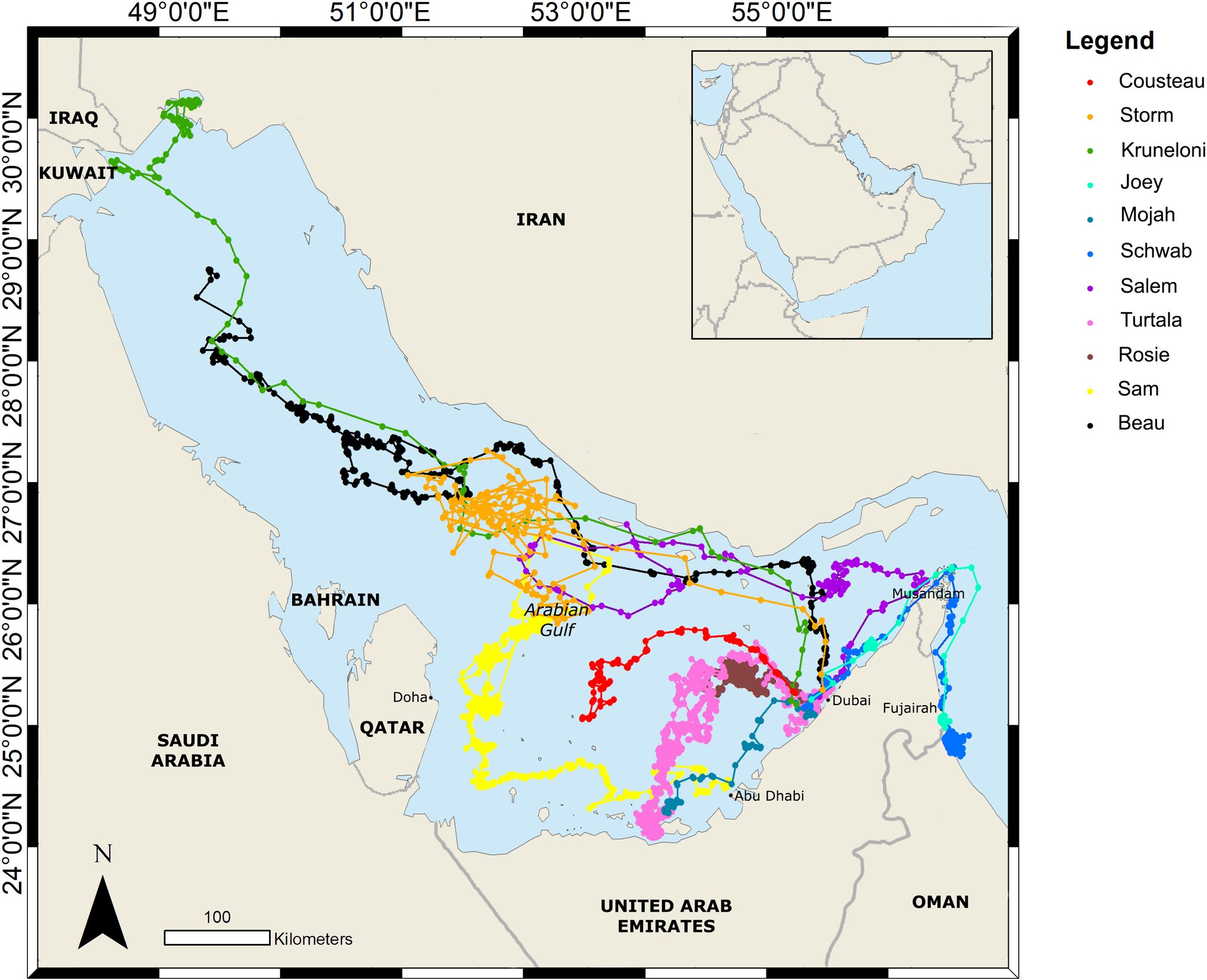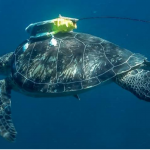← Back
How do sea turtles fare after being rehabilitated and released?

Sea turtle rehabilitation centres are becoming increasingly important to threatened sea turtle populations around the world. However, one key question is whether rehabilitation is actually helpful to sea turtle populations; do sea turtles survive in the wild after being rehabilitated and released?
One of the aims of all rehabilitation centres is to care for sick or injured wild individuals and to release them back into their environment as soon as they have recovered. Such wildlife rehabilitation is thought to positively contribute to populations that are increasingly threatened by mainly anthropogenic activities. We have reported a number of turtle tracking studies, including of rehabilitated individuals (see Sea turtles in tropical cyclones , tracking rehabilitated sea turtles, Two very different destinations for two adventurous turtles or Understanding the tracking of three loggerhead turtles with ocean data). In those studies, the rehabilitation aspect was not highlighted. Some tracks were long enough, but is this usual, or exceptional? Do rehabilitated turtles live a normal turtle style life after release?
Get more info about animal tracking with Argos
Five different turtle species in the Arabian Gulf
The Arabian Gulf is the warmest sea in the world, with sea surface temperatures throughout the year ranging from 10°C to 39°C, yet is home to five of the seven sea turtle species in existence. The Arabian Gulf comprises many habitats, including extensive seagrass beds, mangroves, salt marshes, and coral reefs but is exposed to anthropogenic pressures due to increasing populations and industry.
The Dubai Turtle Rehabilitation Project (DTRP) based in the United Arab Emirates has cared for and released around 1800 turtles since its inception in 2004. The vast majority of injuries were anthropogenic in origin and would have resulted in mortality of the individual without human intervention. Amputations were an increasingly common injury, usually caused by entanglement in fishing nets or discarded human waste.
Tracking rehabilitated turtles
Twenty-six rehabilitated sea turtles were released after rehabilitation between March 2012 and January 2018 by the Dubai Turtle Rehabilitation Project. The rehabilitation time ranged between 89 and 817 days (with an average of slightly less than one year). They represented four different species, hawksbill Eretmochelys imbricata (12 individuals), loggerhead Caretta caretta (11), green Chelonia mydas (2), and olive Ridley Lepidochelys olivacea (1 individual) turtles.
Ailments included cold stunning, physical injuries such as boat impact trauma, general debilitation, and infection. Six of the released individuals had amputated flippers.
Horizontal movements of eleven rehabilitated hawksbill turtles satellite tagged and released in the United Arab Emirates during this study; the loggerheads move at a larger range than the hawksbill (from [Robinson et al., 2021], credit Dubai Turtle Rehabilitation Project)
Threats
Twenty-one of the twenty-six released sea turtles survived in the wild following released, at least for the duration of their tracking, i.e. between 8 and 387 days. During that time, their home ranges were notably different, depending on the species (for the hawksbill and loggerhead turtles at least, which had more individuals in the sample than the two other species). The amputated individuals displayed similar behaviour and survival than non-amputees, even though their recovery was longer.
Three turtles were killed by boat strike within a week of release, which was confirmed through the recovery of the animals. Two more turtles likely suffered from boat strike and entanglement in fishing gear as their tag transmissions were detected continuously, showing they were permanently at the surface; detached tags would have sunk. However, this mortality rate and the causes are coherent with what is observed in the general population of marine turtles. So, their death does not seem linked with their initial problem nor with their rehabilitation.
Rehabilitation does make a difference
The results of this study suggest that the rehabilitation of sea turtles works, considering the survival of the majority of the tracked individuals. It also shows that turtles with serious injuries such as amputations can integrate back into the wild successfully. Rehabilitation has been shown to help the conservation of sea turtles by keeping individuals alive that, left on their own, would have almost certainly perished. This study has shown that rehabilitation of sea turtles is one way to support populations within the Arabian Gulf and that individuals face serious threats that are mainly anthropogenic in origin.
References and links
- Robinson DP, Hyland K, Beukes G, Vettan A, Mabadikate A, Jabado RW, et al. (2021) Satellite tracking of rehabilitated sea turtles suggests a high rate of short-term survival following release. PLoSONE 16(2): e0246241. https://doi.org/10.1371/journal.pone.0246241
- Dubai Turtle Rehabilitation Project | Facebook
- http://www.jumeirah.com/turtles
Photo: A rehabilitated loggerhead turtle after release fitted with an Argos PTT (photo by Simone Caprodossi)




